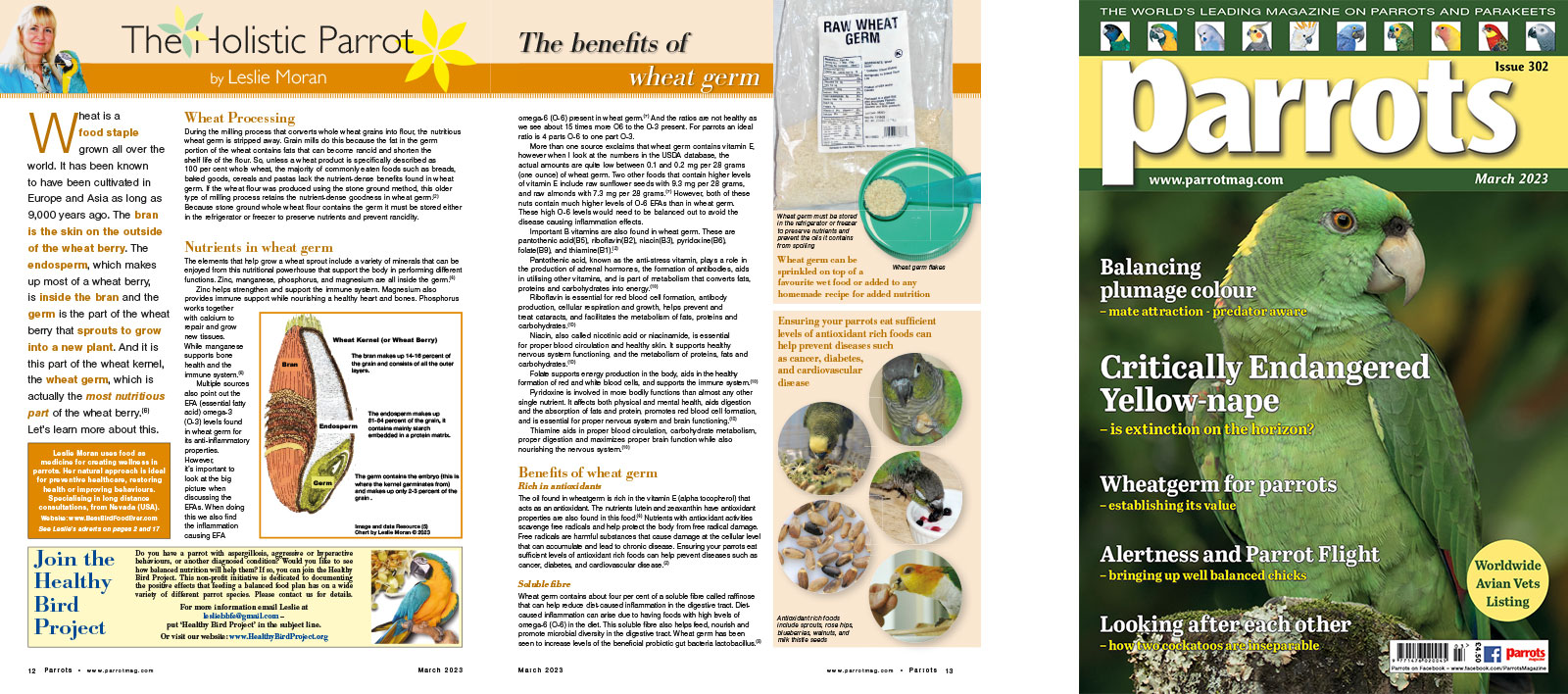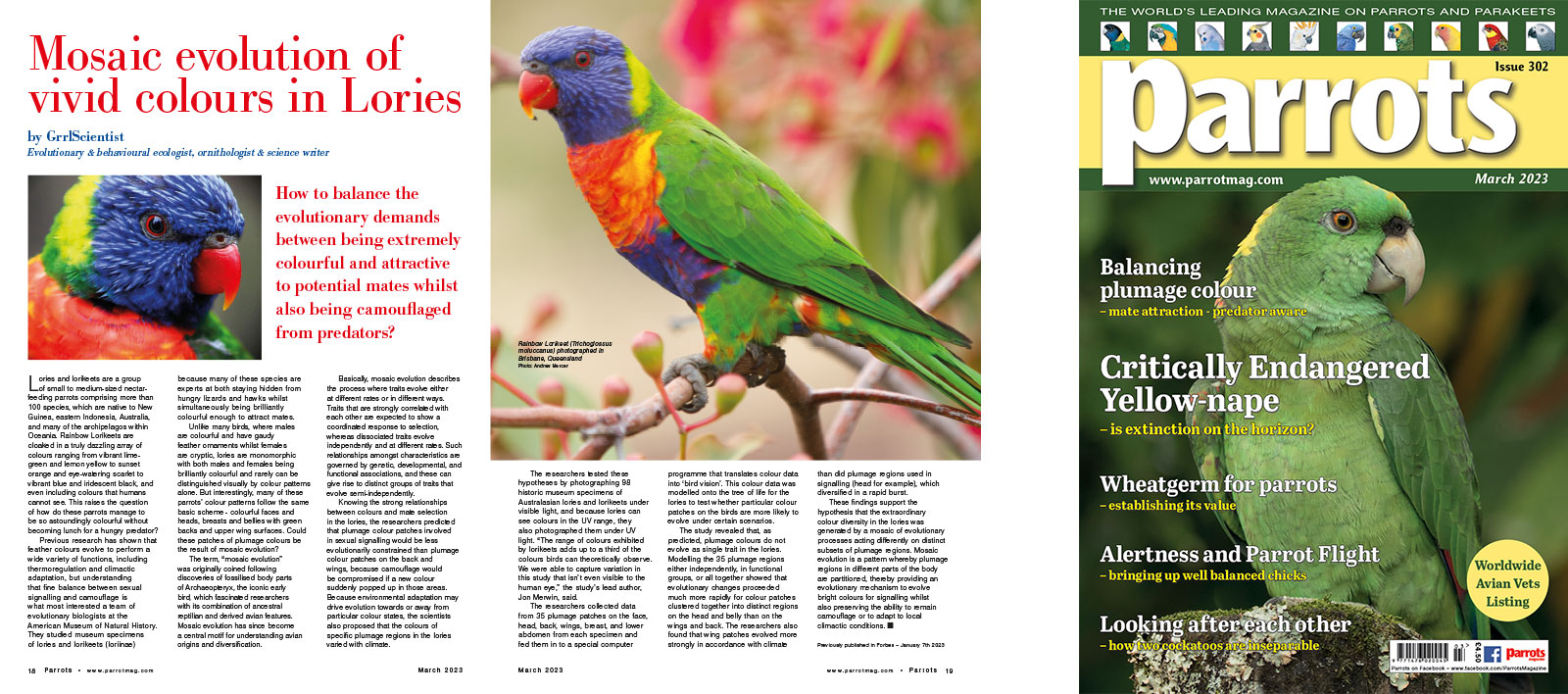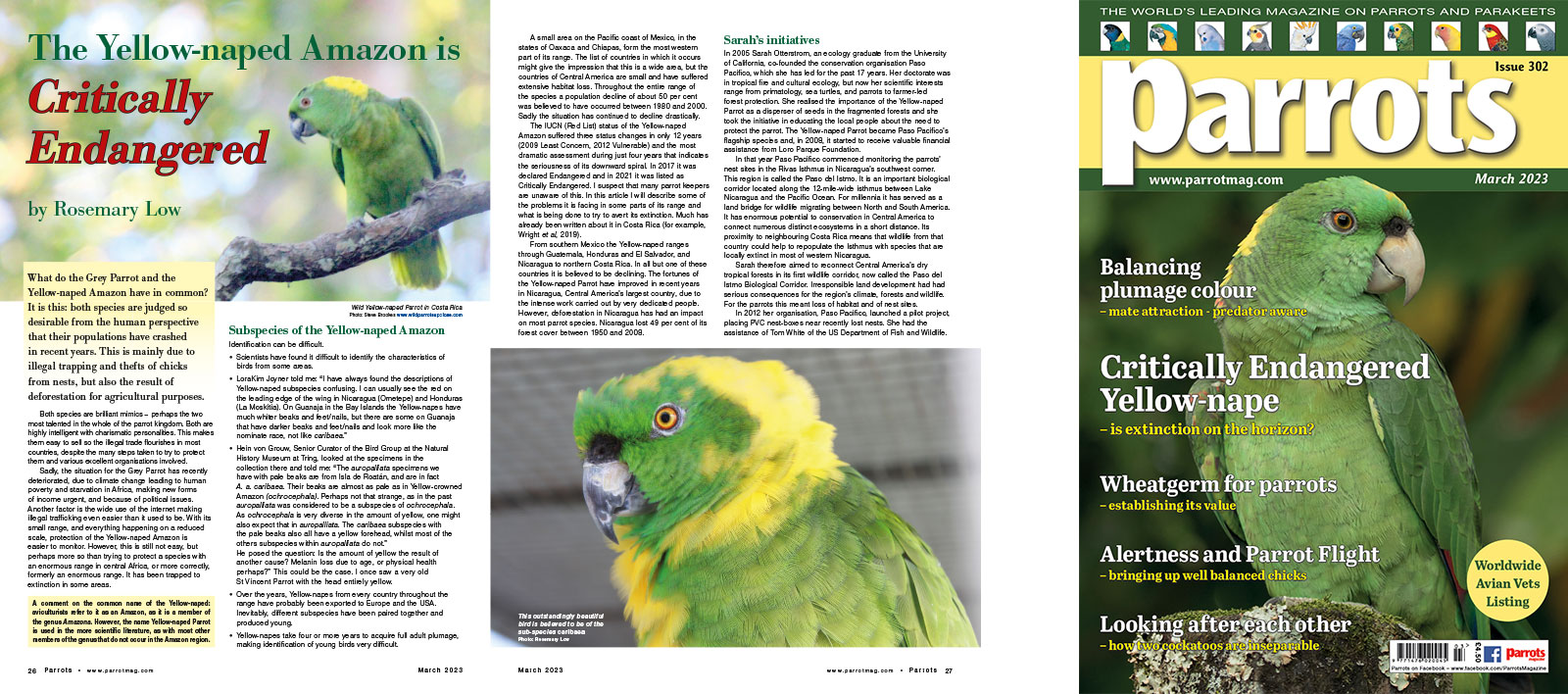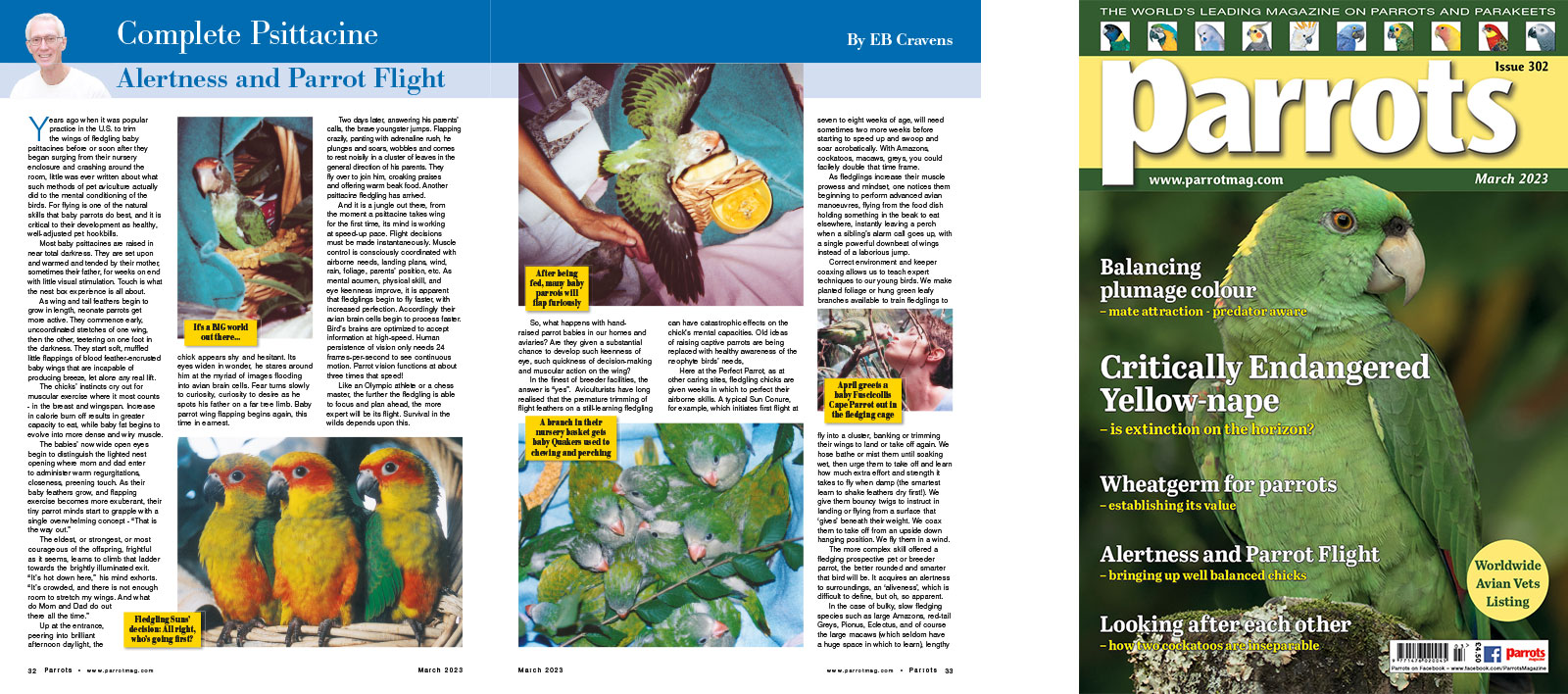
The Holistic Parrot by Leslie Moran
Wheat is a food staple grown all over the world. It has been known to have been cultivated in Europe and Asia as long as 9,000 years ago. The bran is the skin on the outside of the wheat berry. The endosperm, which makes up most of a wheat berry, is inside the bran and the germ is the part of the wheat berry that sprouts to grow into a new plant. And it is this part of the wheat kernel, the wheat germ, which is actually the most nutritious part of the wheat berry. Let’s learn more about this.
During the milling process that converts whole wheat grains into flour, the nutritious wheat germ is stripped away. Grain mills do this because the fat in the germ portion of the wheat contains fats that can become rancid and shorten the shelf life of the flour. So, unless a wheat product is specifically described as 100 per cent whole wheat, the majority of commonly eaten foods such as breads, baked goods, cereals and pastas lack the nutrient-dense benefits found in wheat germ. If the wheat flour was produced using the stone ground method, this older type of milling process retains the nutrient-dense goodness in wheat germ. Because stone ground whole wheat flour contains the germ it must be stored either in the refrigerator or freezer to preserve nutrients and prevent rancidity.
The elements that help grow a wheat sprout include a variety of minerals that can be enjoyed from this nutritional powerhouse that support the body in performing different functions. Zinc, manganese, phosphorus, and magnesium are all inside the germ.
Buy Now!

By GrrlScientist, Evolutionary & behavioural ecologist, ornithologist & science writer
How to balance the evolutionary demands between being extremely colourful and attractive to potential mates whilst also being camouflaged from predators?
Lories and lorikeets are a group of small to medium-sized nectar-feeding parrots comprising more than 100 species, which are native to New Guinea, eastern Indonesia, Australia, and many of the archipelagos within Oceania. Rainbow Lorikeets are cloaked in a truly dazzling array of colours ranging from vibrant lime-green and lemon yellow to sunset orange and eye-watering scarlet to vibrant blue and iridescent black, and even including colours that humans cannot see. This raises the question of how do these parrots manage to be so astoundingly colourful without becoming lunch for a hungry predator?
Previous research has shown that feather colours evolve to perform a wide variety of functions, including thermoregulation and climactic adaptation, but understanding that fine balance between sexual signalling and camouflage is what most interested a team of evolutionary biologists at the American Museum of Natural History. They studied museum specimens of lories and lorikeets (loriinae) because many of these species are experts at both staying hidden from hungry lizards and hawks whilst simultaneously being brilliantly colourful enough to attract mates.
Buy Now!

By Rosemary Low
What do the Grey Parrot and the Yellow-naped Amazon have in common? It is this: both species are judged so desirable from the human perspective that their populations have crashed in recent years. This is mainly due to illegal trapping and thefts of chicks from nests, but also the result of deforestation for agricultural purposes.
Both species are brilliant mimics – perhaps the two most talented in the whole of the parrot kingdom. Both are highly intelligent with charismatic personalities. This makes them easy to sell so the illegal trade flourishes in most countries, despite the many steps taken to try to protect them and various excellent organisations involved.
Sadly, the situation for the Grey Parrot has recently deteriorated, due to climate change leading to human poverty and starvation in Africa, making new forms of income urgent, and because of political issues. Another factor is the wide use of the internet making illegal trafficking even easier than it used to be. With its small range, and everything happening on a reduced scale, protection of the Yellow-naped Amazon is easier to monitor. However, this is still not easy, but perhaps more so than trying to protect a species with an enormous range in central Africa, or more correctly, formerly an enormous range. It has been trapped to extinction in some areas.
Buy Now!

Complete Psittacine by Eb Cravens
Years ago when it was popular practice in the U.S. to trim the wings of fledgling baby psittacines before or soon after they began surging from their nursery enclosure and crashing around the room, little was ever written about what such methods of pet aviculture actually did to the mental conditioning of the birds. For flying is one of the natural skills that baby parrots do best, and it is critical to their development as healthy, well-adjusted pet hookbills.
Most baby psittacines are raised in near total darkness. They are set upon and warmed and tended by their mother, sometimes their father, for weeks on end with little visual stimulation. Touch is what the nest box experience is all about.
As wing and tail feathers begin to grow in length, neonate parrots get more active. They commence early, uncoordinated stretches of one wing, then the other, teetering on one foot in the darkness. They start soft, muffled little flappings of blood feather-encrusted baby wings that are incapable of producing breeze, let alone any real lift.
Buy Now!




